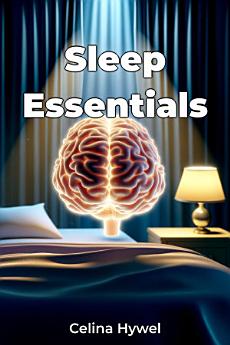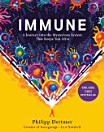Sleep Essentials
About this ebook
Structured across 12 chapters, the book begins with evolutionary biology, detailing how sleep architecture (the cycle of REM and non-REM stages) evolved to repair tissues, consolidate memories, and regulate metabolism. It then examines how industrialization and digital screens have hijacked natural rhythms, citing data connecting night-shift work to increased diabetes risk. Practical sections stand out with science-backed fixes: optimizing light exposure, designing sleep-friendly bedrooms, and tailoring schedules to individual chronotypes. A unique “circadian audit” tool helps readers assess habits, while policy-focused chapters advocate for societal shifts, like later school start times.
Blending peer-reviewed research with relatable analogies—comparing the brain’s suprachiasmatic nucleus to an orchestra conductor—the book makes complex concepts accessible. Its interdisciplinary lens ties sleep to psychology, nutrition, and urban design, offering a roadmap for personal and collective well-being. By reframing sleep as nonnegotiable biology rather than a luxury, Sleep Essentials empowers readers to reclaim rest as the ultimate health hack.







